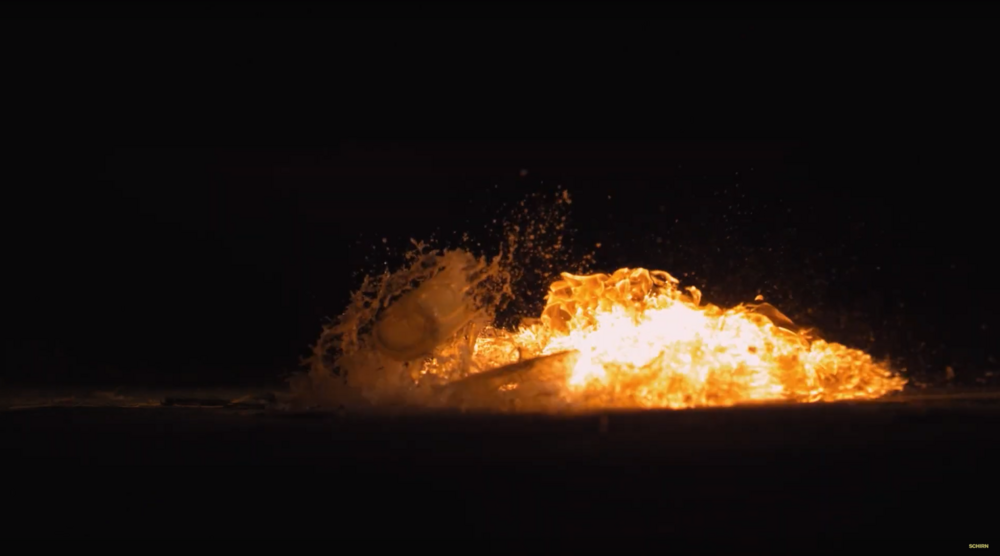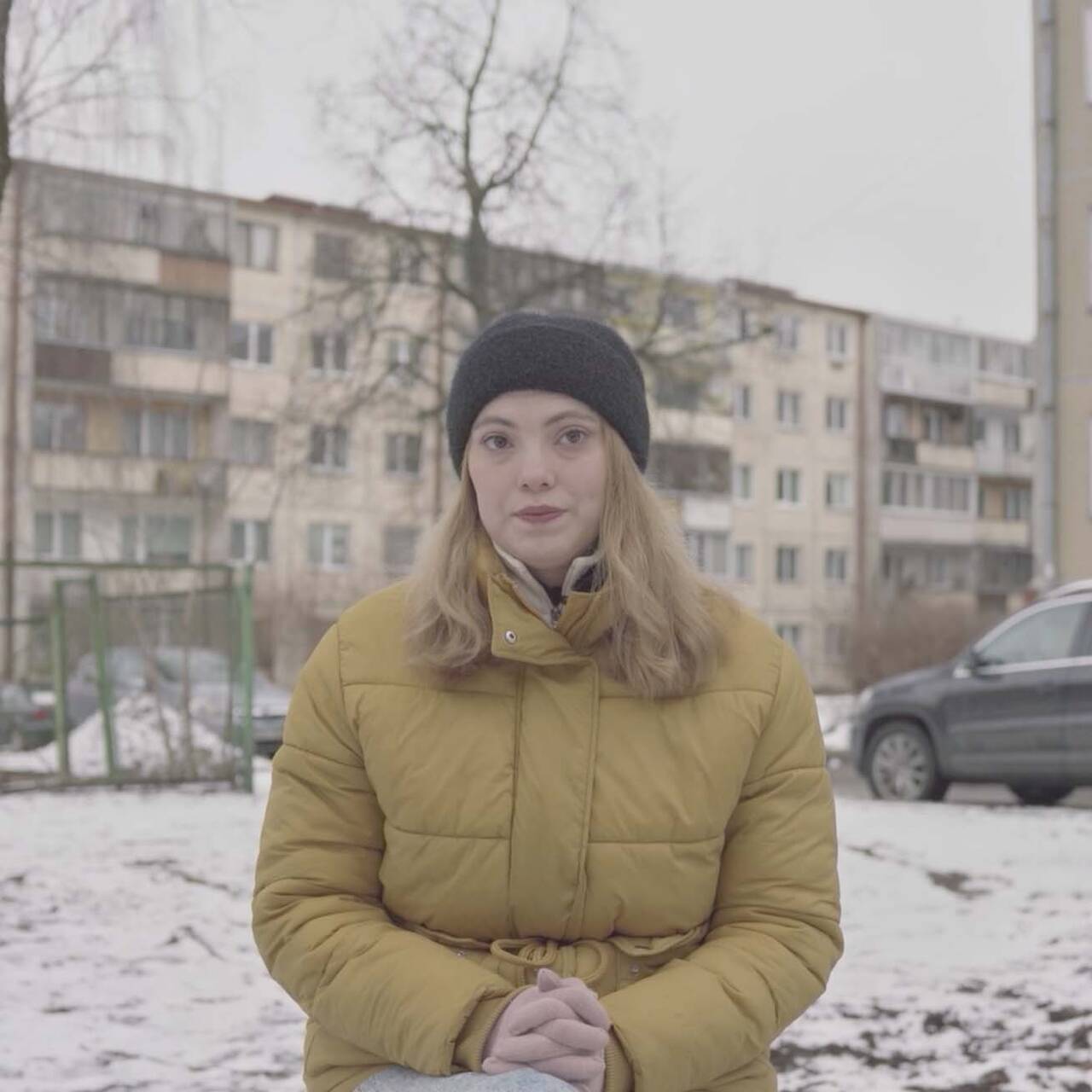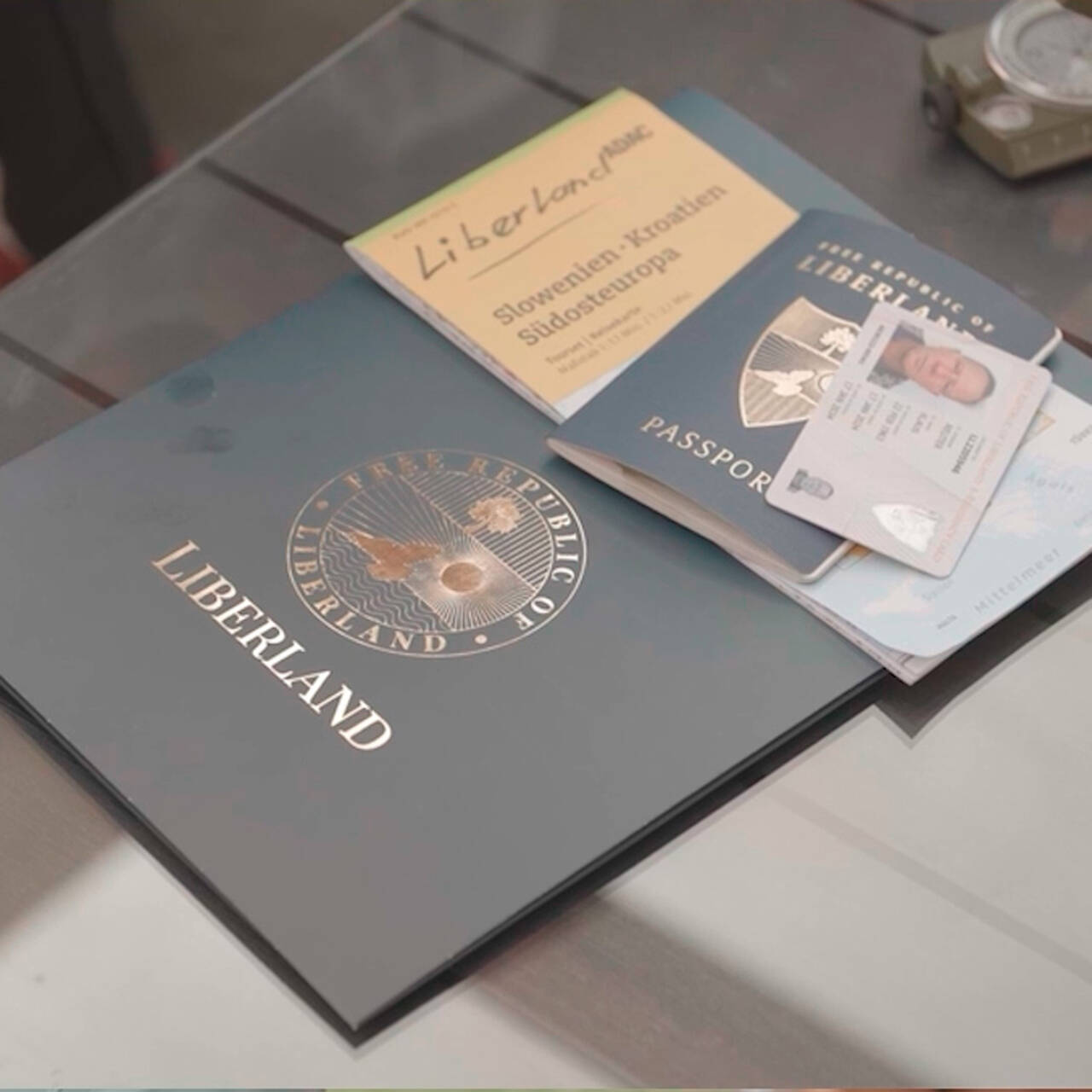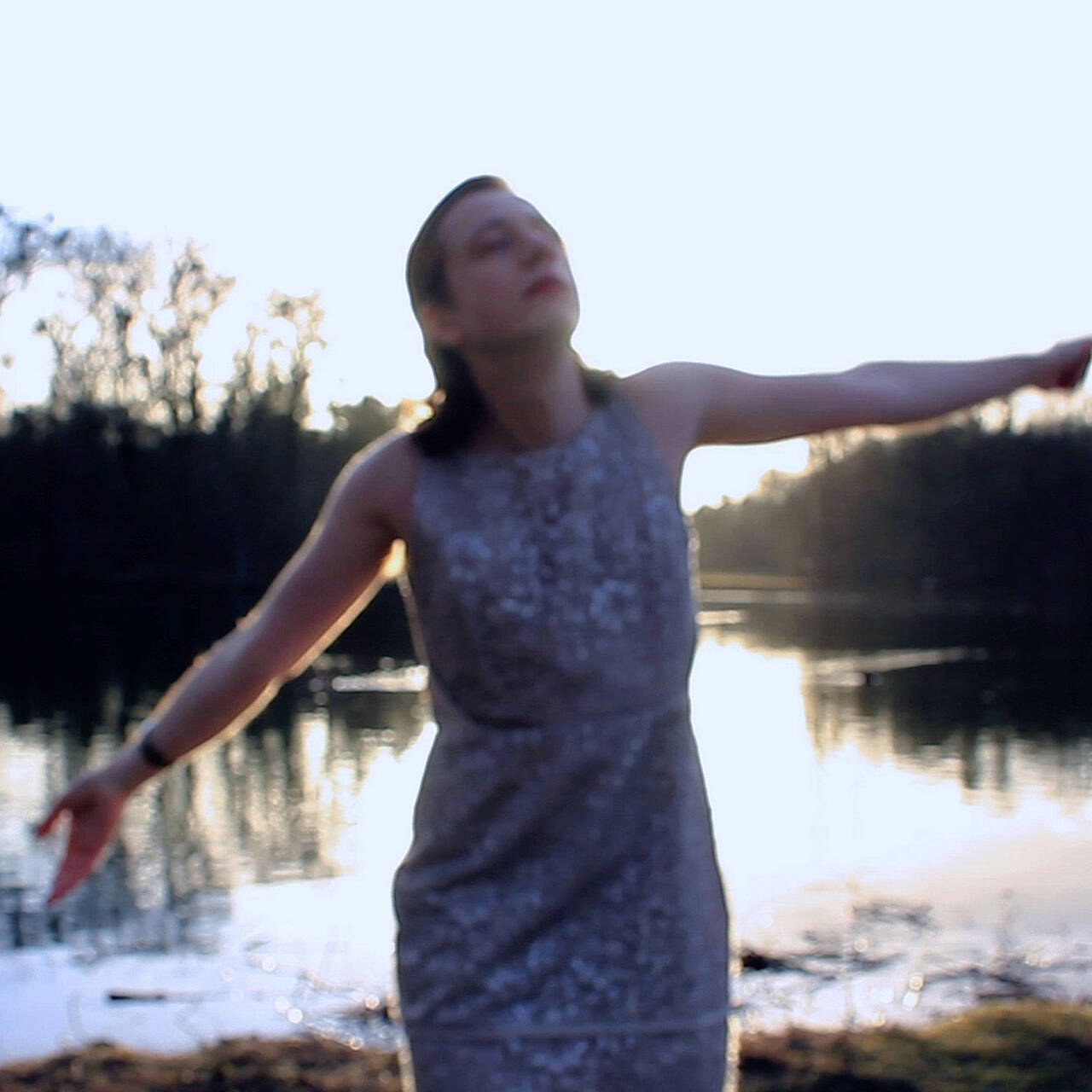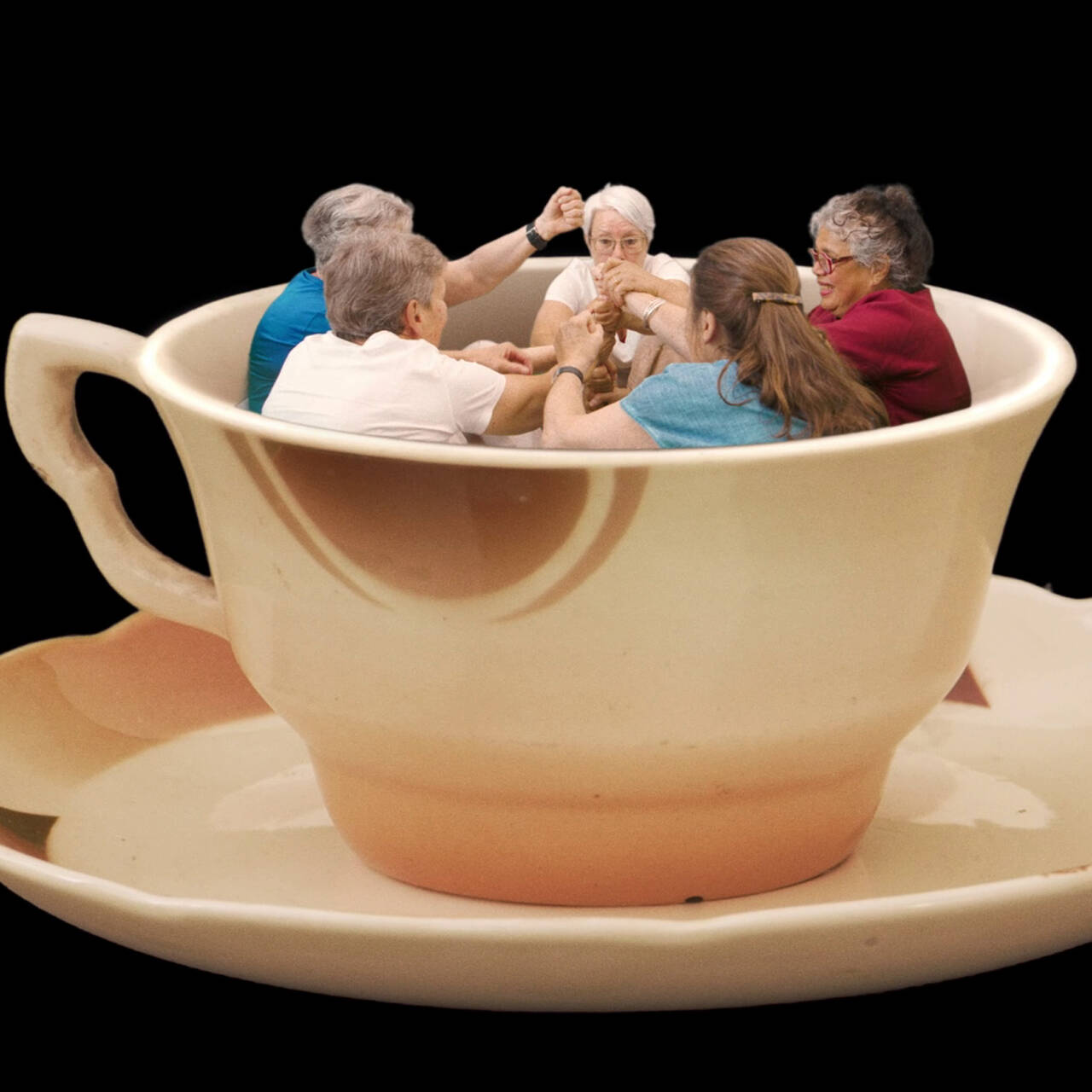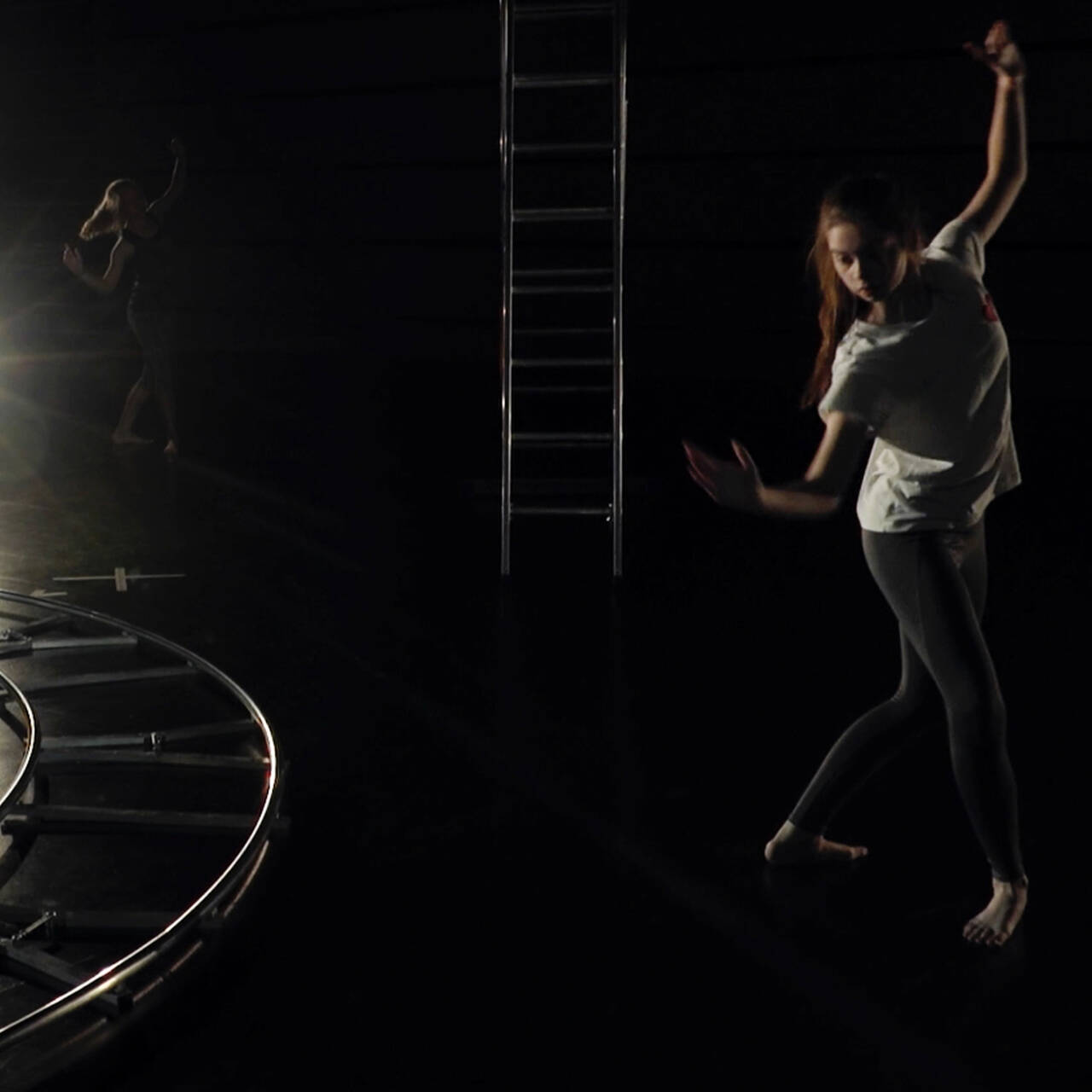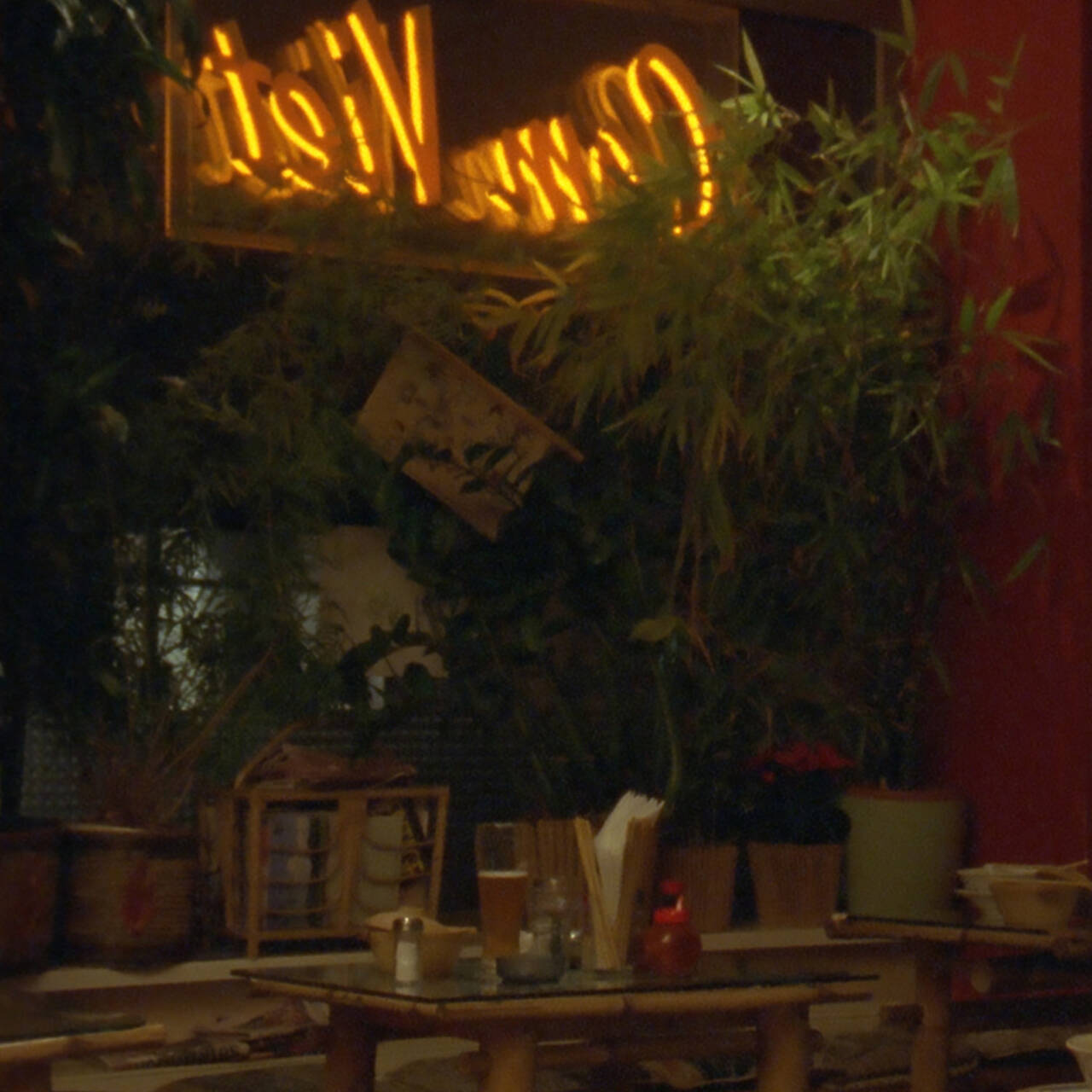Crowd movements can easily be simulated by algorithms. How this influences our real life, is shown in the film “Transformation Scenario” at the coming Double Feature.
In his autobiography published in 1982 Elias Canetti used haunting words to describe an earlier experience he had had much earlier, in 1927, at a demonstration he joined after happening upon it as aas actually non-participant: “I can still feel the excitement of that day in my bones. I became part of the mass, completely lost myself in it; I didn’t feel the smallest resistance to what it was doing.” In Canetti’s case, this fascination was eventually to culminate in his magnum opus “Crowds and Power” (1960), which looks at said disinhibition of the individual in the crowd, as well as the susceptibility of crowds to being manipulated by political leaders.
Canetti deliberately set himself apart from the works on mass psychology by psychoanalyst Sigmund Freud and sociologist Gustave le Bon, and did not see the “mass” as an exclusively negative, destructive moment. “Crowds and Power” held great importance for Clemens von Wedemeyer (born 1974) during his studies, as he recently told art and culture magazine “Arterritory” in an interview.
Countless shots of crowd movements make up a picture
His 1998 piece titled “Mass” bore witness to his fascination for Canetti’s most important work. It was in fact directly influenced by it: Taking old film recordings of demonstrations and mass gatherings from the 1920s, he exposed these time and again until the historical documents appear to consist of nothing but a grey shimmer. 20 years later, Wedemeyer has recently referenced Canetti again, in his video piece “Transformation Scenario”, first shown at the Riga Biennial of 2018. The work presents a collage-like compilation of innumerable archive segments (with a list of sources for all YouTube posts shown after the video part), all of which are related to the movement of human crowds.
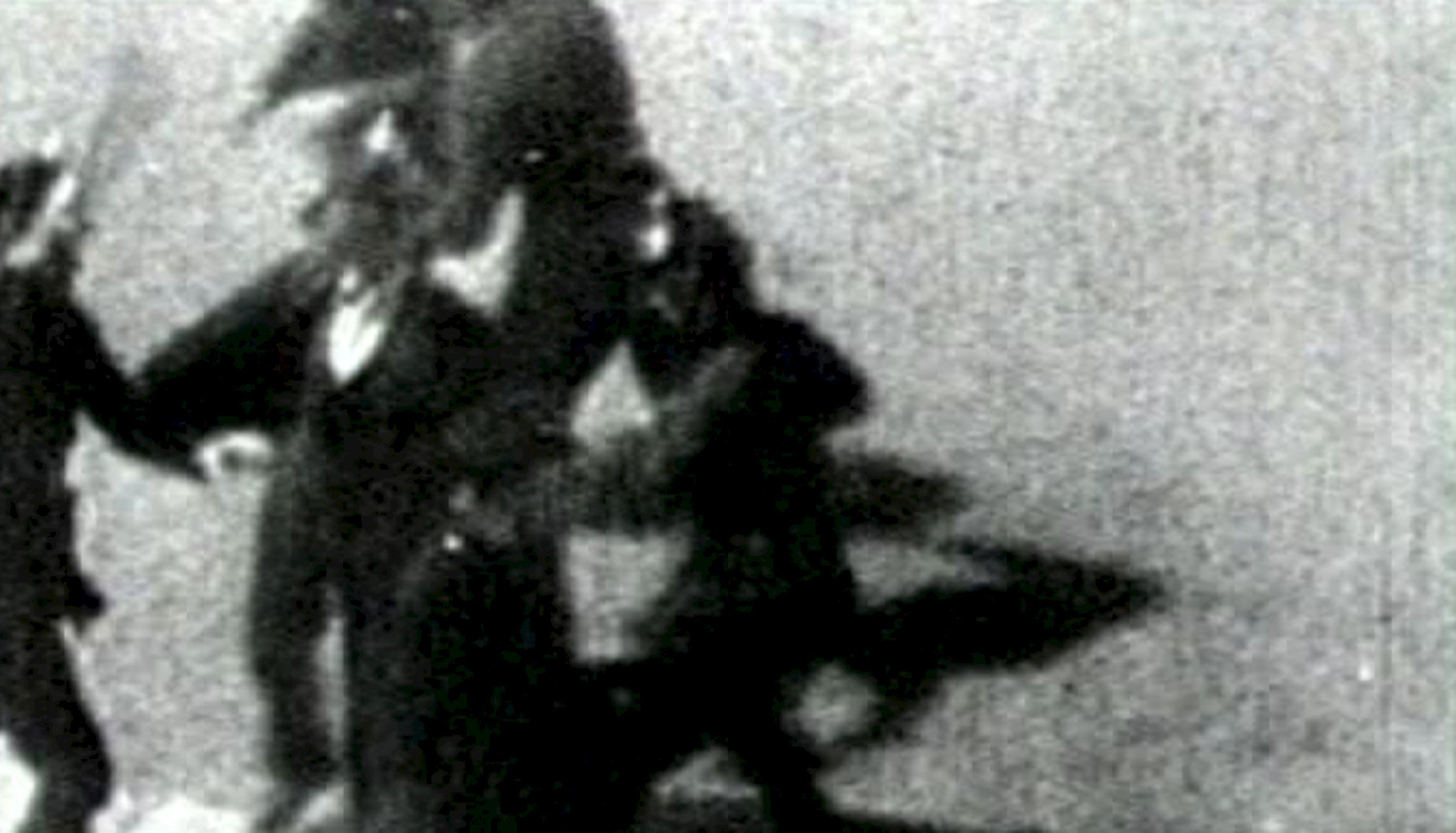
Clemens von Wedemeyer, Mass, 1998 © the artist, 1998 Germany, Image via kow-berlin.com

Clemens von Wedemeyer, Mass, 1998 © the artist, 1998 Germany, Image via kow-berlin.com
Segments from “making-of” productions of Hollywood blockbusters are shown alongside documentary segments on protest movements against the G20 summit or recordings featuring the Woodstock festival. A conversation between a woman and a man on the movement of crowds, their physical bases, and how these insights may be made productive begins off-screen. According to the conversation, budgeting concerns led big film productions in particular to become among the first to opt to use algorithms in the creation of realistic-looking computer animated depictions of human crowds, as this meant they did not need to rely on extras (the battle scenes of the “Lord of the Rings” trilogy by Peter Jackson comes to mind).
The conversation is increasingly reminiscent of a kind of corporate identity advertising
On top of that, such virtual scenarios based on complex algorithms are also used in urban planning, when evacuation plans are to be compiled or the police needs to practice deployments accompanying mass rallies. Crowds act according to the physics underlying fluid mechanics, and when snaking their way through bottlenecks or around obstacles, crowds can resemble a new organism: A new entity made up of many, in which the uniqueness of the individual dissolves. The conversation in “Transformation Scenario” increasingly takes on similarities with a corporate identity ad, yet one that might be played in an alternative world, where research results on mass movements are helping create new social, political and economic realities for a simulated society.

As one of the persons in the dialogues remarks at some point: “A good machine can govern better today than a bad politician.” In Canetti’s “Crowds and Power”, on the other hand, it says: “There is nothing that man fears more than the touch of the unknown.” Humans only lose all of their fears in the crowd, when they are entirely taken up by it and become part of something bigger – yet we can trace the bestial excesses of that “bigger” thing through all of human history.
Clemens von Wedemeyer has selected “Leben – BRD” (“Life – FRG”) by German film maker Harun Farocki from the year 1990 as the second film to be shown. Farocki, known for his countless filmed essays, here provides an insight into various training, educational and simulation courses. Without introduction he shows us midwives, police officers, insurance agents, nurses and Bundeswehr soldiers filmed in real training situations, thus creating an image of social planning made real in the Federal Republic of Germany as the country tried to prepare for all conceivable events, as well as the worst.
There is nothing that man fears more than the touch of the unknown.
From birth to death, from marital disagreement to armed combat: Nothing remained untested, everything had to be practiced down to the last detail, analyzed and discussed, so that those involved would be able to act accordingly in case of emergency. With Farocki the life in West Germany mentioned in the title appears to be a simulation of the real thing – but then living may no longer necessary when you spend all your time preparing to do so. While in “Transformation Scenario” von Wedemeyer shows how crowds may be simulated by computers and the knowledge gleaned from this used for social and economic visions, the thrust remains interested but ambivalent.
The boundaries between simulated possibilities and real life become blurred
The laconic commentary on the prospect of a society that among other things has automated the running of its governments goes: “You don’t have to get paranoid. Masses are in constant transformation.” The people in “Leben – BRD” are almost one step further already: If we follow Farocki, they appear to merely be simulating the possibilities of having their own lives in never ending planning and training exercises. Which in turn makes them somewhat resemble the computer-operated machines we repeatedly encounter in his films, testing out a range of products.

Harun Farocki, Leben – BRD, 1990, Still, Image via silent-green.net

